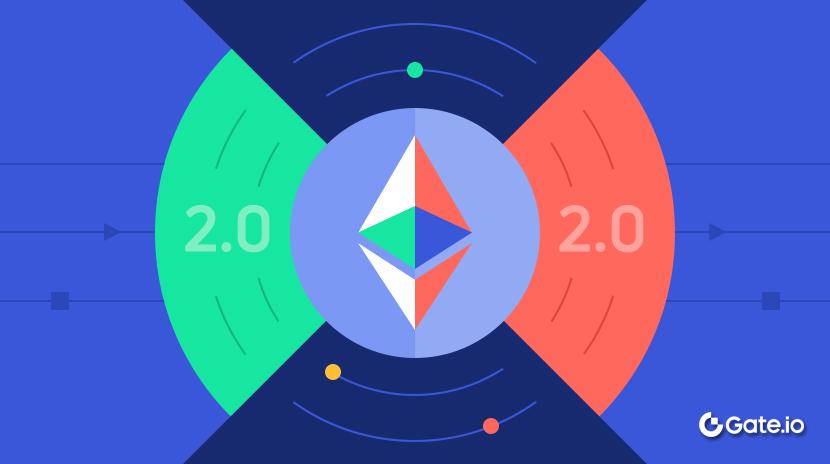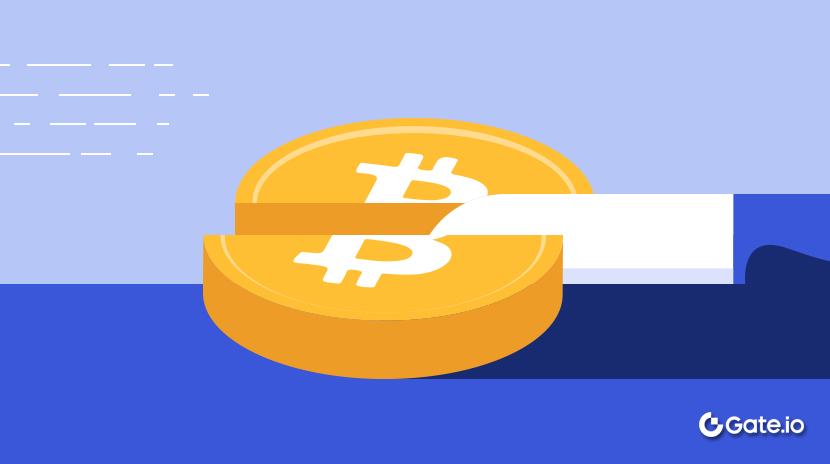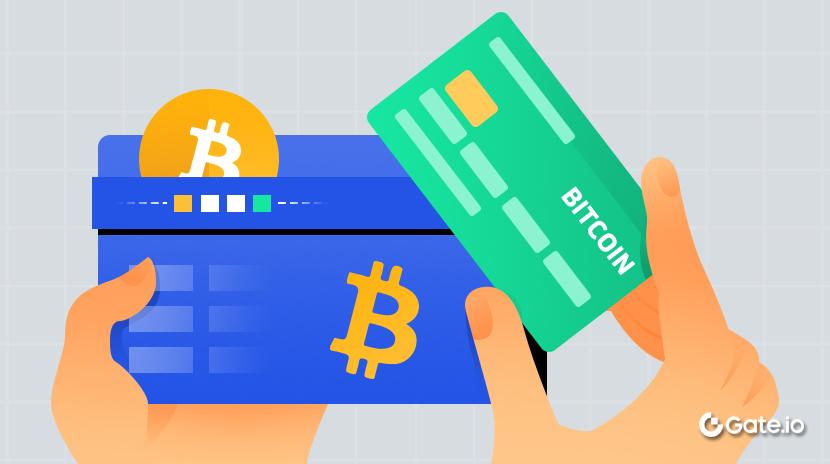WLFI 大举购入 EOS:Web3 银行的复兴还是投机的回响?
2025年5月16日,区块链数据监测平台Onchain Lens披露了一则重磅消息:特朗普家族背书的去中心化金融(DeFi)项目World Liberty Financial(WLFI)于10分钟前以300万枚USDT(约300万美元),以0.825美元单价购入363万枚EOS。有人惊呼:“特朗普家族又放大招,EOS要起飞?”也有人冷笑:“不过是新一轮炒作罢了。”

这笔交易并非孤立事件。就在一个多月前的4月1日,加密市场哀鸿遍野,山寨币普遍暴跌20%-50%,而EOS却以“Web3银行”Vaulta的新身份逆势上涨超30%,价格突破0.8美元。如今,WLFI的高调入场为EOS的复苏叙事再添一把火。究竟是什么让这匹区块链“老马”在低谷中频频掀起波澜?WLFI为何选择EOS作为投资标的?让我们回溯EOS的起伏,拆解Vaulta的转型逻辑,探寻这场300万美元交易背后的深意。
EOS的曲折七年:从ICO狂热到低谷徘徊
EOS的故事始于2017年,那是一个币圈遍地黄金的年代。比特币突破1万美元的欢呼声未散,EOS以“百万TPS(每秒交易量)”和“零手续费”的豪言杀入市场。创始人Dan Larimer被奉为“技术预言家”,Block.one公司通过长达一年的ICO吸金42亿美元,创下区块链史上最夸张的融资纪录。2018年春,EOS价格从5美元飙至23美元,市值一度跻身前五,21个超级节点竞选如火如荼,社区热血沸腾,仿佛区块链的未来已被改写。
然而,盛况昙花一现。EOS的DPoS(委托权益证明)机制虽提升了交易效率,却因高度中心化饱受诟病。21个节点被交易所把持,散户投票形同虚设,链上仲裁机构冻结账户的闹剧更让信任崩塌。技术层面,“百万TPS”成为笑柄,主网上线后峰值仅4000多,远低于宣传目标。RAM和CPU资源模型复杂,转账成本高企,开发者体验堪称灾难。到2022年,EOS的DApp生态近乎凋零,活跃用户不足5万,总锁仓价值(TVL)仅1.74亿美元,与以太坊(600亿美元)和Solana(120亿美元)相比黯然失色。
Block.one的作为进一步浇灭了社区的希望。42亿美元ICO资金被投向比特币(现持仓16万枚BTC,价值约160亿美元)、美国国债等资产,与EOS生态几乎无关。2019年,Block.one因违规ICO被SEC罚款2400万美元,却未对社区做出实质补偿。X平台上,社区愤怒地戏称:“Block.one不是区块链公司,是加密界的巴菲特。”EOS的市值从180亿美元跌至2025年的不足8亿美元,排名滑至前100之外,昔日的“以太坊杀手”沦为市场边缘。
Vaulta的转型:Web3银行的野心与争议
就在EOS看似走向终点时,社区的反击带来了转机。2021年,EOS基金会(ENF)在Yves La Rose带领下接管项目,联合17个节点将Block.one边缘化,开启了自救之路。2025年3月18日,EOS宣布更名为Vaulta,定位为“Web3银行操作系统”,目标是通过区块链重塑财富管理、消费支付、投资组合和保险四大领域。这一转型不仅让EOS在4月1日的熊市中逆势上涨30%,价格突破0.8美元,还为WLFI的投资埋下了伏笔。

Vaulta的核心架构沿用EOS的C++智能合约和去中心化RAM数据库,辅以跨链互操作性(IBC),试图连接传统金融与DeFi。ENF通过一系列创新为生态注入活力:
- RAM市场的重生:EOS的RAM(内存资源)因其稀缺性成为生态的隐形支柱。Vaulta优化了资源分配,推出XRAM机制,允许用户质押代币换取RAM并分享以BTC计价的Gas费。截至2025年3月,RAM需求因新项目增长而激增,部分用户通过XRAM质押获得可观的BTC分成,X平台上甚至有人戏称:“RAM比EOS币还像资产。”
- exSat的比特币叙事:2024年推出的exSat项目通过EOS的RAM存储比特币UTXO数据,旨在提升BTC交易速度并支持DeFi应用。截至2025年3月,exSat锁仓5413枚BTC,TVL达5.87亿美元,远超EOS主网的1.74亿美元,成为生态的“新引擎”。然而,exSat的技术稳定性和合规性仍存疑,社区质疑其是否只是“给BTC画大饼”。
- 1DEX与RWA的布局:1DEX是Vaulta的去中心化交易所,试图补齐DeFi短板,但EVM兼容性不足和文档缺失使其被批评为“半成品”。Vaulta还计划通过代币化现实世界资产(RWA)提供房地产、股票等投资机会,吸引机构资金。
Vaulta的转型引发了两极化反响。乐观者认为,Web3银行契合加密市场的合规化趋势,RAM和exSat的创新为EOS注入了新活力;悲观者则质疑,Vaulta的技术底子难以抗衡以太坊和Solana,转型蓝图可能只是“换个名字割韭菜”。X平台上,有人调侃:“EOS从以太坊杀手到比特币小弟,现在又想当银行柜员,真是条多才多艺的链。”
WLFI为何押注EOS?战略与投机的交织
WLFI以300万枚USDT购入363万枚EOS的交易发生在Vaulta转型的热潮中,结合其DeFi战略和特朗普家族的品牌效应,这一决策蕴含多重考量。
首先,Vaulta的技术特性与WLFI的美元挂钩稳定币USD1高度契合。USD1旨在提供低成本、高效率的DeFi服务,而Vaulta的高吞吐量(1秒出块)、近乎零的交易费用和EVM兼容性使其成为理想的运行平台。相较于以太坊的高Gas费和Solana的网络波动,Vaulta的稳定性为USD1的跨链交易和流动性池提供了支撑。Vaulta的RAM市场还能为USD1的智能合约和数据存储提供高效解决方案。X平台上,有分析师推测,WLFI可能计划在exSat上部署USD1相关的借贷或支付协议,扩大稳定币的用例。
其次,EOS的低估值提供了投机机会。2025年5月,EOS价格约为0.825美元,处于历史低位,市盈率较低。Vaulta转型引发的30%上涨和exSat的TVL增长(5.87亿美元)为EOS注入了上涨动能,WLFI的交易价格与市场一致,显示其通过公开市场或场外交易进行了谨慎布局。如果Vaulta的Web3银行叙事持续发酵,EOS可能重返1.4美元甚至更高,带来可观回报。特朗普家族的品牌效应进一步放大了这一投资的市场影响力,类似2018年EOS的“救市”行情,X平台上已有用户预测:“WLFI入场可能点燃散户FOMO,EOS短期内或冲1美元。”
此外,Vaulta的exSat和RWA计划为WLFI提供了生态协同机会。exSat通过EOS的RAM支持比特币DeFi,与USD1的跨链目标契合;RWA的房地产、股票代币化则为WLFI的财富管理战略提供了切入点。WLFI可能通过投资EOS获得RWA的优先认购权,或与Vaulta合作开发新产品。WLFI近期与阿布扎比投资公司MGX的20亿美元交易也显示其在全球范围内寻求伙伴,Vaulta的国际化社区可能为其提供新兴市场机会。
特朗普第二任期(2025年起)的政策背景为WLFI的投资增添了底气。特朗普政府推动的稳定币立法(如GENIUS法案)和“战略加密储备”计划可能为Vaulta的Web3银行模式创造有利环境。WLFI作为特朗普家族的旗舰项目,通过投资EOS不仅强化了市场布局,还借Vaulta的转型叙事巩固了“美国制造”区块链的品牌形象。X平台上,有用户评论:“WLFI买EOS就像特朗普给Vaulta站台,政治与市场的双重信号。”
市场影响与隐忧
WLFI的EOS投资可能引发短期市场热潮。300万枚USDT的交易规模虽不算巨大,但特朗普家族的关注度可能推升EOS至1.0-1.4美元,交易量和FOMO情绪将被进一步放大。长期看,如果WLFI与Vaulta在USD1、exSat或RWA领域实现深度合作,可能为EOS生态注入新活力,吸引开发者与用户回归。然而,Vaulta的落地难度(技术稳定性、合规性)和竞争压力(以太坊、Solana)是绕不开的挑战。EOS的历史包袱(Block.one的信任危机)和WLFI的利益冲突争议(家族获利约4亿美元)也可能引发监管审查,增加投资风险。
对于投资者而言,EOS的低估值和Vaulta的叙事提供了短期投机机会,XRAM的BTC分成和exSat的增长为生态增添了亮点。但长期前景需谨慎,Vaulta的执行能力和市场信任的重塑将是关键。
结语
EOS的七年,从42亿美元ICO的辉煌到市值缩水90%的低谷,是一部区块链时代的兴衰史。Vaulta的Web3银行转型为这匹“老马”注入了新的生命,RAM市场、exSat和RWA的创新让EOS在2025年的熊市中逆势崛起。WLFI以300万美元购入EOS,既是对Vaulta技术潜力的认可,也是特朗普家族在加密市场的一次高调布局。这笔投资可能推动EOS短期上涨,并为USD1生态的扩展铺路,但其长期成败取决于Vaulta的落地能力和信任重建。
币圈的赛道从来不缺戏剧性。EOS,这位曾经的“以太坊杀手”,如今以Vaulta的身份重返舞台,WLFI的入场如同一颗信号弹,点燃了市场的想象。终点是Web3银行的复兴,还是又一场投机的回响?时间会揭晓答案。而对于投资者来说,面对这匹“老马”,是追随热潮还是保持理性,或许需要一颗足够坚韧的心脏。
声明:
- 本文转载自 [MarsBit],著作权归属原作者 [Luke,火星财经],如对转载有异议,请联系 Gate Learn 团队,团队会根据相关流程尽速处理。
- 免责声明:本文所表达的观点和意见仅代表作者个人观点,不构成任何投资建议。
- 文章其他语言版本 由Gate Learn 团队翻译, 在未提及 Gate 的情况下不得复制、传播或抄袭经翻译文章。
相关文章


不可不知的比特币减半及其重要性


如何选择比特币钱包?

CKB:闪电网络促新局,落地场景需发力
